Harmonic Analysis (RMA) Worksheet for the song: Caroline In The Morning.
Caroline In The Morning
Caroline In The Morning is a popular song with words by Gus Kahn and music by Walter Donaldson, first published in 1922 by Jerome H. Remick & Co.
The song debuted on Broadway in the elaborate and risqué musical revue The Passing Show of 1922 at the Winter Garden Theater. Vaudeville performers incorporated it into their acts and helped popularize it. Among these was William Frawley, who later sang it in Paramount Pictures' original version of The Lemon Drop Kid in 1934, as well as the 1952 episode "Ricky Loses His Voice" of I Love Lucy, and the 1963 season 3 episode "Evening with a Star" of My Three Sons, where it generated moderate attention. (wikiwand);
Notable recordings when the song was new were made by such artists as Marion Harris, Van & Schenck, Paul Whiteman and the American Quartet.
"Carolina in the Morning" gradually became a standard, being revived regularly as a popular song into the 1950s. Al Jolson recorded it on June 11, 1947 and he featured it in the film Jolson Sings Again (1949). Danny Winchell had a hit with his version in 1952. (wikiwand);
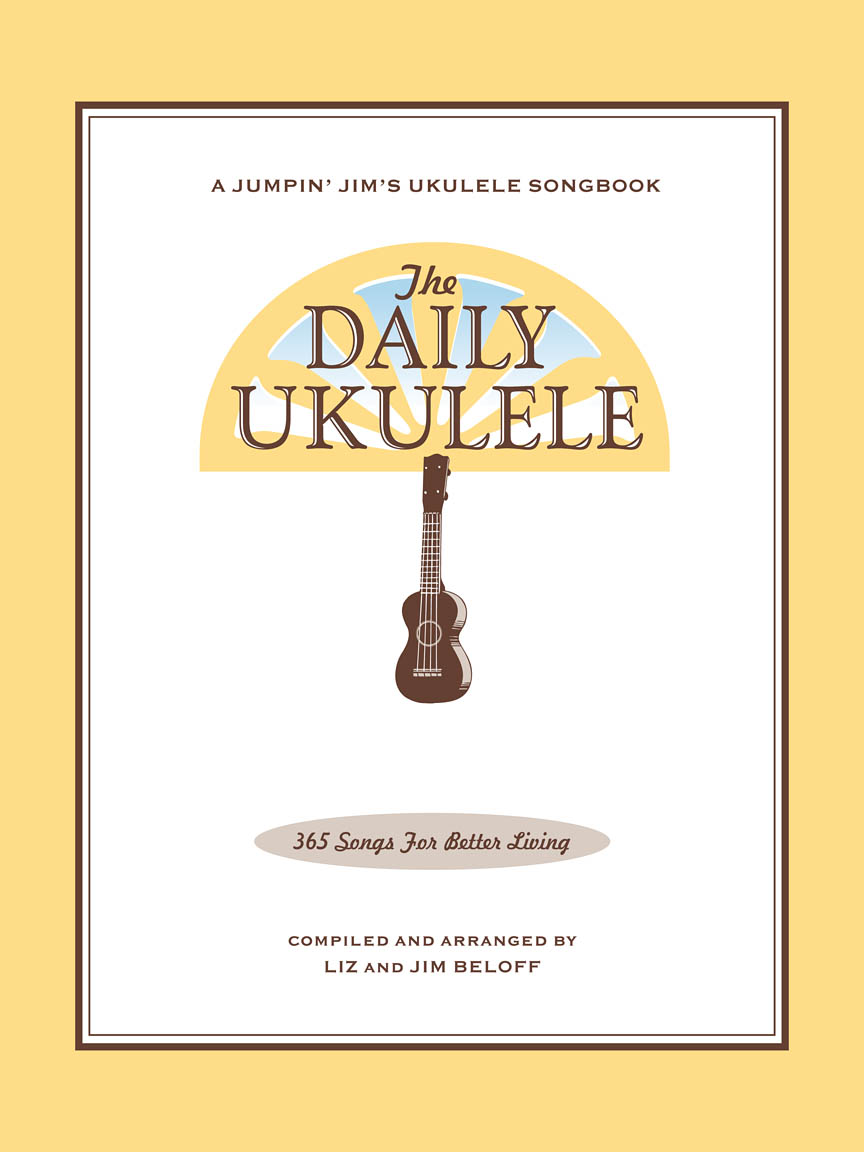
The Daily Ukulele— 365 Songs for Better Living book.


















A classic
I ImL7 Im7 Im6
Minor Line Cliche
. Basically a minor triad with, typically, a 1/2 step descending bass movement,
D C# C B
. The second chord in the harmonic sequence is often mis-named, based on it's shape as an augmented triad — and not its harmonic function..
VI7
( V of II)
D.S. al Coda
III7
( V of VI)
II7
(II V of V)
I7
( V of IV)
II7
( V of V)
A Harmonic Analysis (RMA/HA) and its worksheet are intended to show the function of the chords, the harmonic principles used, the keys and tonalities the song explores. And, can be used for scale selections and chord and scale substitutions.
lead leadsheet.Minimal roadmap information such as repeats, fine, D.S., D.C., and codas has been used in preparing the worksheets to somewhat mirror the leadsheet in the Daily Ukulele book.
Yellow Book. You should start to recognize that 1st endings typically always return to a previous verse or an
 section. With a 2nd ending, a transition to a different part of the song, a
section. With a 2nd ending, a transition to a different part of the song, a  or chorus. Harmonic Principles are used for these repeats and transitions.
or chorus. Harmonic Principles are used for these repeats and transitions.- Caroline In The Morning is in 4/4, Common Time and the Key of C . The original is in the Key of A , Tempo: 138 bpm
- Full Diatonic
- Partial Diatonic • Full Diatonic includes Secondary Dominant chords
- Internal Modulation
- Unresolved • Unresolved chords appear identical to partial diatonic chords and are active chords ( II , IV , V , VII ) but do not resolve to passive chords ( I , III , VI ).
- Chromatic
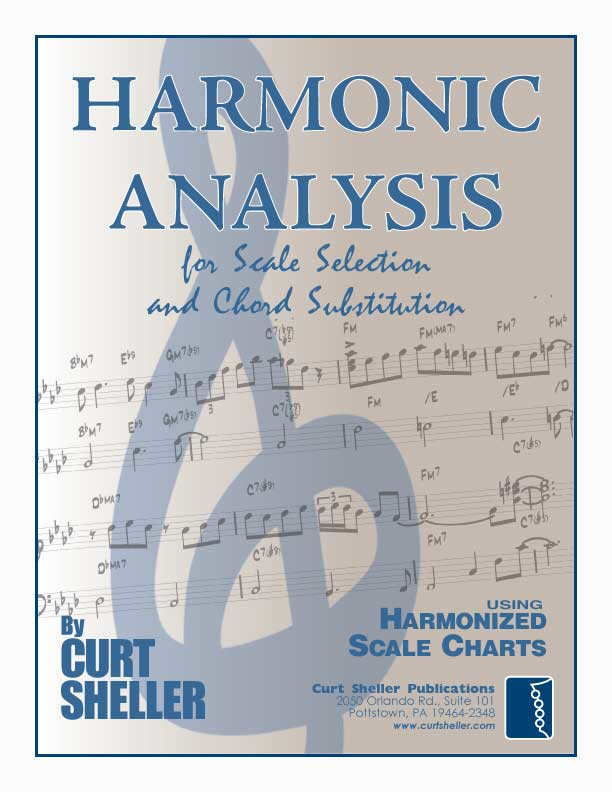
Contemporary Scales: Minor Pent: Minor Pentatonic, Pent: Major Pentatonic, Blues,
Scale/Mode Names: Ion: Ionian (Major), Dor: Dorian (Minor), Phrygian: Phrygian, Lyd: Lydian, Mix: Mixolydian (Dominant), Aeol: Aeolian (Natural Minor), Loc: Locrian
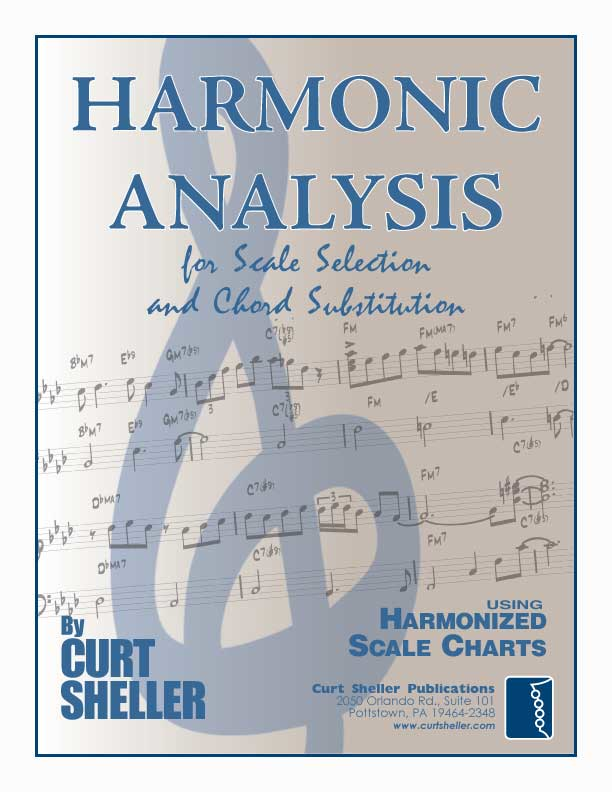

Minor Line Cliche
Here is an example using Dm of the Lien Cliche
.

C Tuning, Low G
Minor Line Cliche
Using Minor Triads
Three examples using the three minor triads. The 1/2 steps root movement doesn't have to the the lowest note in the voicing.



Related Lessons, Videos, Lesson Series, Songs, Books & Reference Charts, Resources & Assets, Workshops are below.
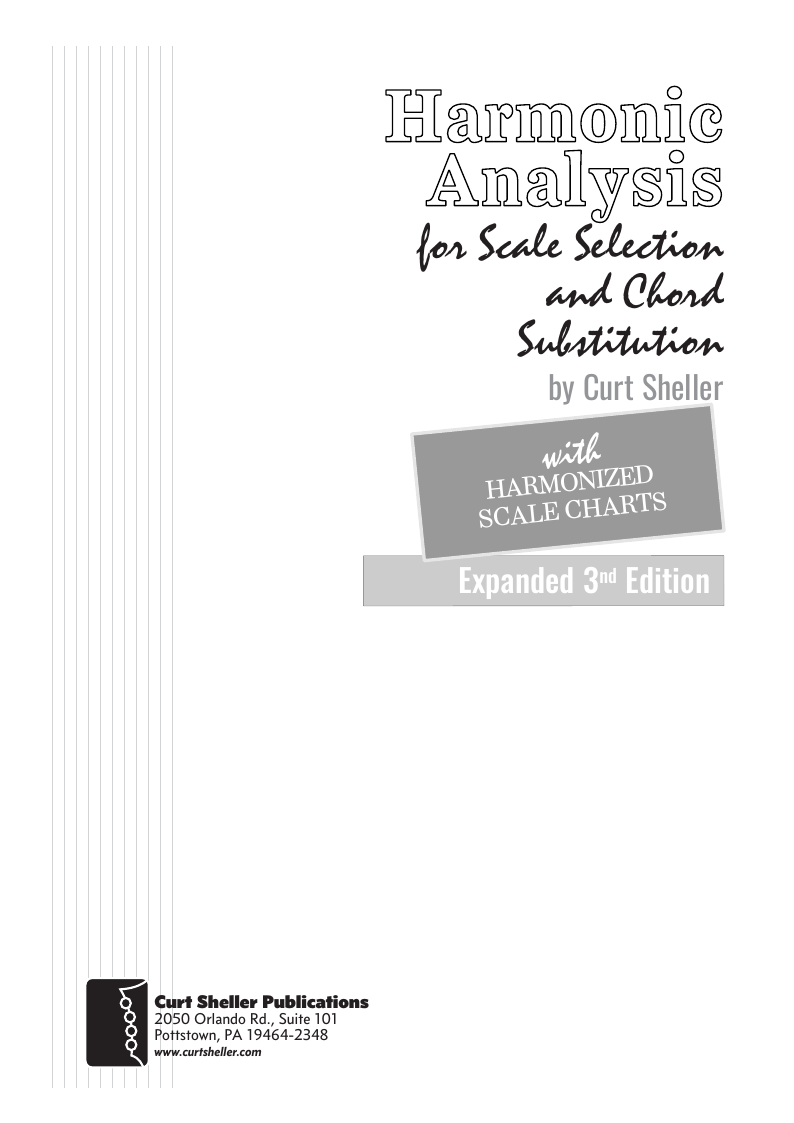
Harmonic Analysis ( HA ) is the process used to determine the harmonic function of chords within a chord progression. A chord progression is defined as a sequence of chords, each chord has a root and has a particular chord type. The relationship of a chord's root to a scale determines its function within that scale's tonality. Once a chord's function is identified, scale selections along with chord and scale substitutions can be made. This process is called Root Movement Analysis ( RMA ). This series of lessons are extracted from my book for use with individual private and on-line students. Each lesson directly corresponds the chapters in my book Harmonic Analysis for Scale Selection and Chord Substitution by Curt Sheller (me).

Harmonic Analysis (HA), also known as the study of chord relationships, is the method used to identify the harmonic role of chords within a chord progression or song. A chord progression refers to a sequence of chords, with each chord having a root note and belonging to a specific chord type. The function of a chord within a particular scale's tonality is determined by its relationship to that scale.

Harmonic Analysis is the understanding of the functional sequence of chords. It is the process used to analyze the harmonic structure of a progression, song or composition. This analysis is then used to make scale selections for improvisation and chord substitution.
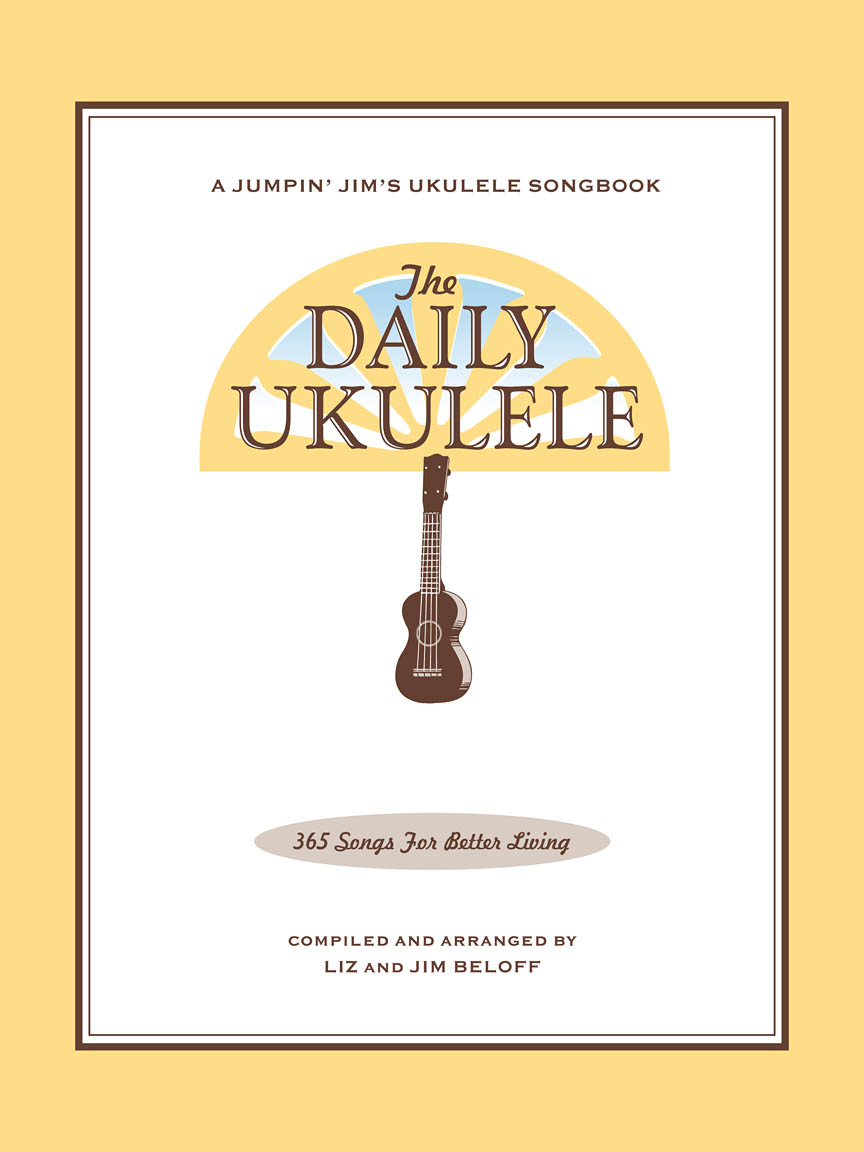
Strum a different song every day with easy arrangements of 365 of your favorite songs in one big songbook! The Daily Ukulele features ukulele arrangements with melody, lyrics and uke chord grids and are in ukulele-friendly keys that are particularly suited for groups of one to one hundred to play and sing.

Learn a variety of strums and rhythmic patterns in wide range of musical styles. One of the first skills a ukulele player learns is the art and craft of strumming, playing rhythm. This refers to an accompaniment technique suitable for the singer, singer - songwriter or someone who plays a support role for another instrument.

Finally, learn the names of the notes of the ukulele fingerboard in C tuning .

Learn the six fingering principles to navigating the ukulele fingerboard. Fingering is one of the most universal topics. Book: Six Secrets of the Ukulele Fingering

Harmonic Analysis is the understanding of the functional sequence of chords. It is the process used to analyze the harmonic structure of a progression, song or composition. Book: Harmonic Analysis for Scale Selection and Chord Substitution

Learn to read single note melodies in the first/open position is a lot easier than you might think. Book: Ukulele – Reading Music Series – Primer

An organized collection of daily practice and reference material for the contemporary ukulele player for developing the vocabulary and knowledge necessary for single note playing. Book: Daily Practice Material for the Contemporary Ukulele
Checkout the Books & Reference Charts for additional Handy, Dandy Reference Charts.

Ukulele Fingerboard Chart for C Tuning, Low or High G – G C E A

Ukulele Fingerboard Chart for G Tuning, Low or High A – D G B E

A handy reference chart of all 15 major and relative minor key signatures. US Letter 8.5 x 11 sized (ANSI-A), A4
Checkout the Books & Reference Charts for additional Handy, Dandy Reference Charts.








.jpg)